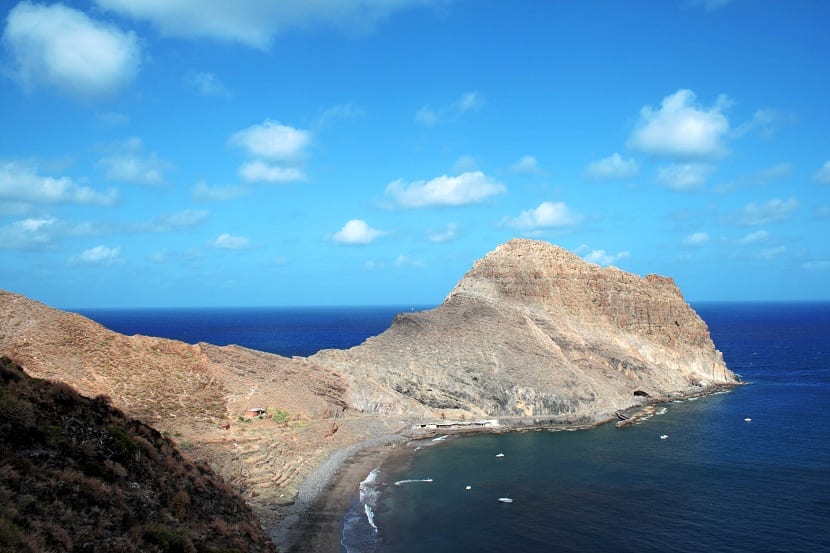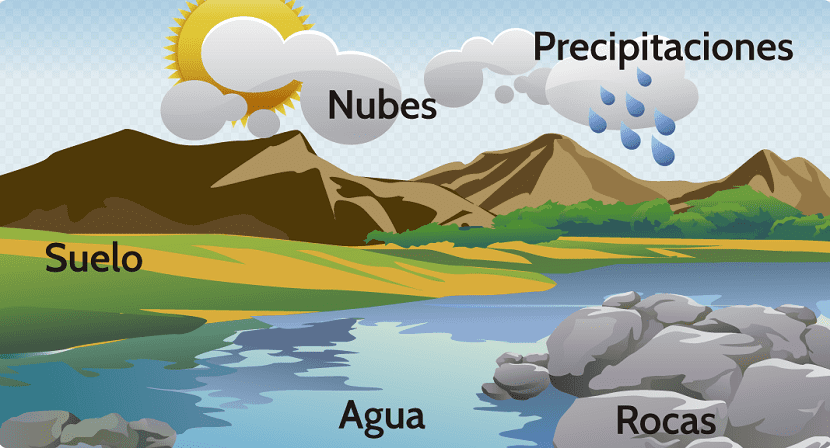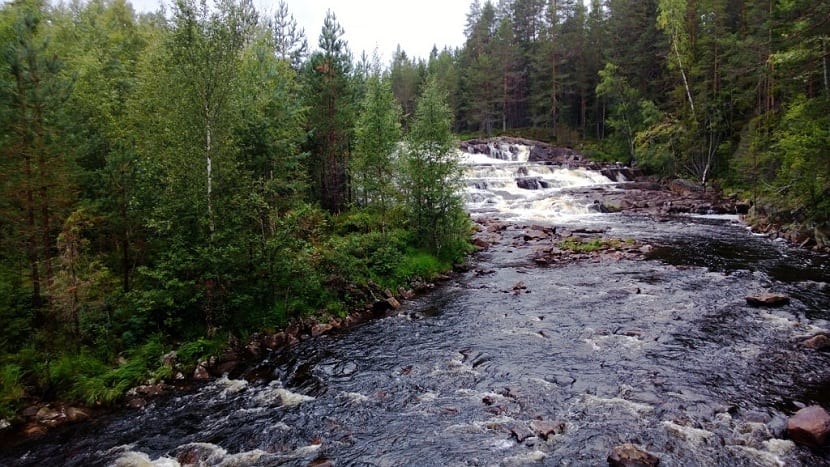
In ecosystems we find the factors abiotic that shape the landscape and the terrain and the biotics that are what "give life". To understand in a simple way what abiotic factors are, we must first know the types of ecosystems. These ecosystems have an important relationship with the abiotic factors that condition it.
Do you want to know what abiotic factors are and how they condition ecosystems? Here we explain everything to you in great detail.
Abiotic factor
When we analyze an entire ecosystem, we find that it is made up of a group of living organisms and other non-living elements. Living organisms are all those that make up flora and fauna on the one hand and microorganisms and bacteria on the other. Everything that has life is acting simultaneously on the characteristics of the ecosystem.
At the same time, these living beings are supported by abiotic factors. These are non-living elements that make up the physical elements. These elements are also called essential resources for living beings. Among the abiotic factors we find inorganic matter, rocks and minerals, the amount of incident sunlight, water, oxygen and any element that is not alive. Organisms can use these elements to live and develop.
For example, a bedrock where there are crevices in which certain lichens live is considered a small ecosystem. This microecosystem is made up of lichen as a biotic factor and rock as an abiotic factor. That an abiotic factor does not have life does not mean that it evolves over time or that it modifies its composition.
Let's say that the rock spends a long time exposed to large differences in temperature, snowfall, strong erosion, wind, etc. Over the years and years, the rock will fragment, move, erode, crack, etc. Also depending on the substrate where it is and the action of various living beings on it, it can change its composition. For example, calcium carbonate precipitations in stalactites and stalagmites.
Biocene and biotope

So that there is not much difficulty in understanding the concept of abiotic, we are going to add a clear separation by adding two concepts that will make it clear what it is.
- Biocene: it is all living things found in an ecosystem. Plants, animals, fungi and bacteria.
- Biotope: they are all the characteristics of the non-living elements of an ecosystem. Wind, water, minerals, rocks, sunlight, rain, earth, etc.
It can be summarized that abiotic factors are all those that do not have life but are essential components both that form the ecosystem and that support life. Water is the most important abiotic element (in relative terms) for the existence of life. Without it, vegetation could not survive and, with it, neither herbivorous animals, carnivores that have herbivores for food, etc. The food chain would not exist as we know it today.
These physical factors also affect the ability of organisms not only to survive, but to reproduce. It is as if it were the inert environment. Depending on the rains, the existence of protection, shelter, strong wind, solar radiation, etc. Many species are forced to search for more optimal environmental conditions for their survival and subsequent reproduction.
Main abiotic elements in marine and terrestrial ecosystems
We are now going to give examples of abiotic factors that can exist in both marine and terrestrial ecosystems. In this way, you will be able to see better what are the conditions that living beings have to subject themselves to if they want to survive.
They are important to study because they are the ones they will determine the type of life that can be developed in different places. An ecosystem where there is a lot of snow is not the same as a place with high temperatures and a lot of sand.
- Terrestrial ecosystems. In these ecosystems we find climate, soil, water availability, relief and altitude as the main abiotic factors. These factors are the determining factors for the existence of one type of life or another.
- Marine ecosystems. Here we have more factors that condition life. The sun, air dissolved in water, space, relief, degree of salinity, temperature, climate, temperature and pressure. This conditions the life of various animals such as the drop fish, considered the ugliest animal in the world that lives in the depths or the plankton closer to the surface since there is a greater amount of solar radiation.
Descriptions

We are going to describe the main abiotic factors in a little more detail.
- Light. It is the energy that comes from the sun. Completely necessary for photosynthesis in plants. The more light there is in an aquatic ecosystem, the more phytoplankton there will be. This phytoplankton acts as food for many species.
- Relief. Life that is generated at sea level is not the same as at 3.000 meters above sea level. The same if it is a plain or steep mountain.
- Pressure. It acts mainly on the seabed. In these environments, living things must undergo adaptations in order to live.
- Water. Essential for life. It is also a limiting element in certain ecosystems.
- Humidity. Many living things, such as fungi and some species of plants, need moisture to live.
- Wind. It can modify the temperature and erosion of a place.
- Salinity of the water. Depending on the capacity of each organism to adapt to more or less salinity, the fauna and flora that grow in a salty ecosystem will depend.
- Temperature. Obviously, the temperature at which organisms grow is a game changer. A polar cap is not the same as a desert.
- Nutrients The amount of oxygen dissolved in water, the nitrogen that plants incorporate or the CO2 that serves as gas exchange are also nutrients that limit the existence of living beings.
I hope that with all this information you can learn in more detail what abiotic factors are and the importance they have in ecosystems. As you can see, balance in nature is essential for life to occur as we know it.


thanks for the info